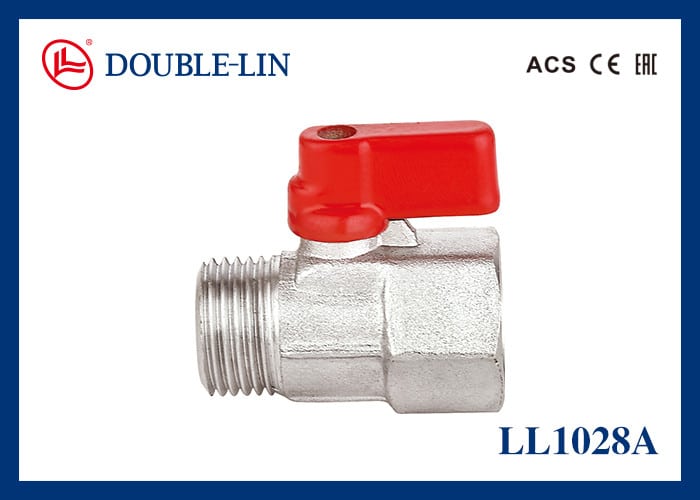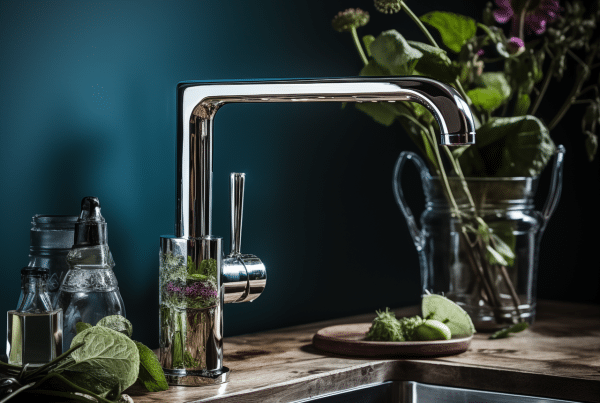Brass mini valve tends to possess a nickel or chrome plated surface. Normally they are available in various sizes and most of them have a double seal system. This ensures flow in any direction and is widely used in water, and oil systems.
The method of connecting Brass Valve on to PVC pipe
If you are planning to connect a brass valve on to a PVC pipe, there are some things that you will require. First and foremost you will require a brass valve pipe and most of the times they can be found in hardware stores. Then you will require a PVC pipe cutter or a saw. Finally some glues along with screw is needed.
The process starts off by ensuring that the brass value is threaded at both ends. Then you can use a proper connector or a union screw that will attack the brass valve on to the PVC pipe. You can use epoxy or sealant that keeps the connection tight.
The structure of the ball valve
From the plug valve the China Mini ball valve evolves. The opening or the closing parts turn out to be spheres as the sphere rotates around 90 degrees around the axis of the valve stream to accomplish their purpose. The utility of the ball valve is to cut off, or distribute or be it changing the direction of the medium on the pipeline. Coming to the ball valve which is designed with a V shaped structure it also has a good flow adjustment.
Not only the China Mini ball valve is simple in structure, but it is light in weight, small in structure, even the size of installation is small. In addition it is easy to open or close within a specific diameter range. The use of ball valve is at an extensive level as the performance indicators have reached a high level in advanced countries of the world. In addition it has gone on to replace the gate valves.
The features of ball valves
Some of the features of ball valves are
- The flow resistance is on the lower side as it is almost near to zero
- Spread across a wide range of temperature and pressure complete sealing can be achieved.
- It is subject to be used in aggressive media and liquids that are low boiling as it will not stick during operation
- On both the sides the working medium is sealed
- When superior pressure differentials are used, the closure can withstand high temperatures
- The ball valves tends to be automatically closed in position
- Since the valve body is symmetrical, more so when it is the case with the wielded valve structure, it is in a position to withstand pressure from the pipeline.
- When you fully wield the ball valve it can be fully buried on to the ground, so that you do not corrode the internal valves. Hence the maximum service life it can reach is 30 years as it turns out to be ideal for oil and a natural gas pipeline.
Since the China Mini ball valve is known to have certain advantages, their applications are enormous and it can be put to use for diverse areas.
The sealing ability of the ball valve
Polytetrafluoroethylene (PTFE) is the most significant seat sealing ring material for ball valves because it is inert to almost all chemical compounds, has a low friction coefficient, is stable, does not age easily, has a wide temperature range, and provides excellent sealing performance. traits in their entirety However, due to PTFE’s physical qualities, such as its high coefficient of expansion, susceptibility to cold flow, and poor thermal conductivity, seat seal designs must be based on these characteristics. Seat seals can also be made of filled PTFE, nylon, and a variety of other plastics.
When the sealing substance solidifies, however, the sealing’s reliability is jeopardised, especially when the pressure drop is modest. Furthermore, synthetic rubber, such as nitrile rubber, can be utilised as a valve seat sealing material, but its medium and temperature range are limited. Furthermore, synthetic rubber tends to trap the ball if the medium is not lubricated.
In the last ten years, the metal sealing ball valve has undergone significant development in order to fulfil the application requirements of high temperature, high pressure, strong erosion, long life, and other industrial uses.
The applications of ball valve
The ball valve is known to use rubber or nylon as the material of the first seal, hence the operating temperature is limited by the material of the seal set. Because the valve seat sealing ring of the ball valve is usually made of plastic, fire resistance and fire resistance of the ball valve should be considered when choosing the structure and performance of the ball valve, especially in the petroleum, chemical, metallurgical, and other departments, and in flammable and explosive media. More attention should be paid to fire resistance and fire protection if ball valves are used in equipment and pipeline systems.








